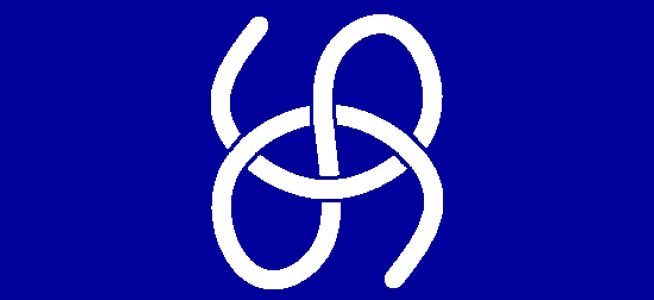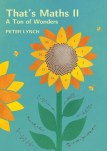
The Basel problem was solved by Leonhard Euler in 1734 [see previous post]. His line of reasoning was ingenious, with some daring leaps of logic. The Basel series is a particular case of the much more general zeta function, which is at the core of the Riemann hypothesis, the most important unsolved problem in mathematics.
Euler treated the Taylor series for as a polynomial of infinite degree. He showed that it could also be expressed as an infinite product, arriving at the result
This enabled him to deduce the remarkable result
which he described as an unexpected and elegant formula.
Euler’s Product
Just a few years later, in 1737, Euler found another extraordinary equality between an infinite sum and an infinite product. This formula, known as Euler’s product, is
where is a real number and
is the set of prime numbers. Derbyshire (2003), in his book on the Riemann Hypothesis, called this result the Golden Key.
We can easily get an informal understanding of the result following the lecture notes of Tim Murphy (2006), late of Trinity College Dublin. The left side of (2) is a sum of terms of the form . From the fundamental theorem of arithmetic, every natural number is uniquely expressed as a finite product of prime powers,
where is a finite set of positive integers. Therefore,
The sum in (2) includes every term of this form precisely once.
Now we consider the right side of (2). Each factor is of the form
Thus the right side becomes
Multiplying out, we get sums of powers of primes, each combination of the form (3) occurring exactly once. Therefore, the two sides of (2) are equal.
A more formal proof of the Euler product formula is given in Derbyshire (2003) and also on a dedicated Wikipedia page (see references below).
Discussion
The expression on the left side of (2) is called Euler’s zeta-function. Euler assumed that the index in this formula was a real number . The formula makes clear the intimate relationship between the zeta-function and the set of prime numbers.
One hundred and twenty years after Euler’s paper, Bernhard Riemann published his celebrated 1859 paper on prime numbers, On the Number of Prime Numbers less than a Given Quantity. He allowed to be any complex number, with the exception of
where
has a simple pole, greatly increasing the power and versatility of the product formula. The second paragraph of Riemann’s paper reads: “For this investigation my point of departure is provided by the observation of Euler that the product
if one substitutes for all prime numbers, and for
all whole numbers. The function of the complex variable
which is represented by these two expressions, wherever they converge, I denote by
.”
Euler’s product formula is at the heart of Riemann’s 1859 paper. Euler’s Golden Key may be regarded as the foundation of analytical number theory.
* * * * *
That’s Maths II: A Ton of Wonders
by Peter Lynch has just appeared.
Full details and links to suppliers at
http://logicpress.ie/2020-3/
* * * * *
Sources
Derbyshire, John, 2003: Prime Obsession: Bernhard Riemann and the Greatest Unsolved Problem in Mathematics. Plume Books, 422pp. ISBN: 978-0-4522-8525-5.
Euler Leonhard, 1737. Variae observationes circa series infinitas (Various Observations about Infinite Series), Royal Imperial Academy, St Petersburg.
Murphy, Timothy G, 2006: Prime Numbers. Course 4281, School of Maths., Trinity College Dublin. Notes: https://maths.tcd.ie/pub/Maths/Courseware/428/Primes-II.pdf
Riemann, Bernhard (1859): On the Number of Prime Numbers less than a Given Quantity. In Gesammelte Werke, Teubner, Leipzig (1892), Original manuscript and English translation at https://www.maths.tcd.ie/pub/HistMath/People/Riemann/Zeta/ .
Wikipedia article: Proof of the Euler product formula.

